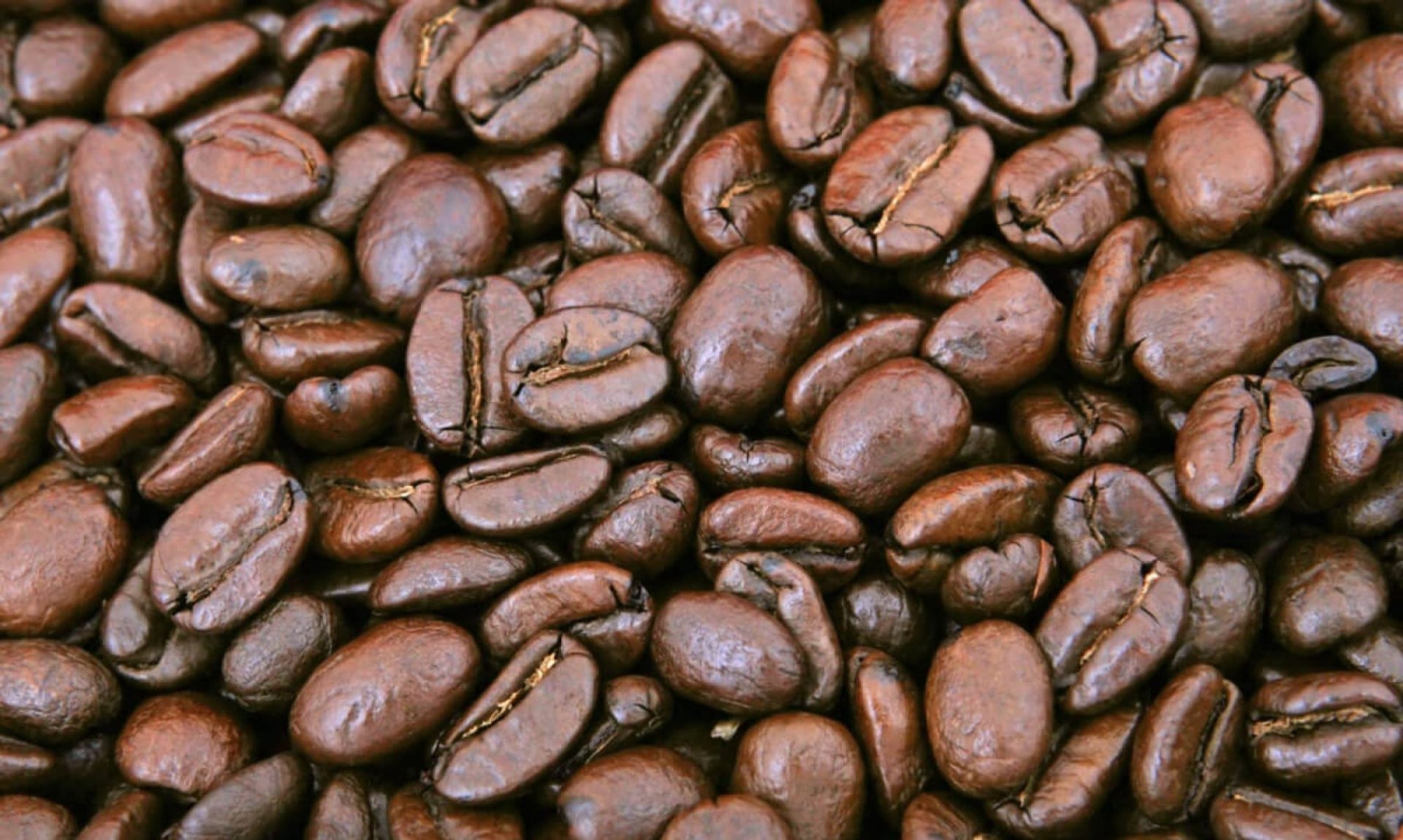Coffee is one of the most widely consumed beverages in the world, with millions of people relying on their daily cup to get them going. But have you ever wondered how coffee gets from the plantation to your local coffee shop? In this blog post, we’ll take you on a journey to explore the process of coffee production, from the moment the coffee cherries are harvested to the final product on the shop shelf.
Plantation
Coffee production begins on a plantation, where coffee trees are grown and nurtured. Coffee trees require a specific climate and soil condition to thrive, and are typically grown in tropical regions near the equator. There are two main species of coffee trees: Arabica and Robusta. Arabica is considered to be of higher quality and is grown at high altitudes, while Robusta is easier to grow and is often used as a base for instant coffee.
Coffee trees are typically pruned to maintain a healthy shape and to encourage fruiting. The trees produce small, white flowers that eventually turn into coffee cherries, which contain the coffee beans.
Harvesting
Coffee cherries are typically harvested between May and October, depending on the region and climate. There are several methods of harvesting, including:
- Strip picking: This involves removing all the coffee cherries from the tree at once.
- Selective picking: This involves picking individual coffee cherries at the peak of ripeness.
- Semi-selective picking: This involves picking a portion of the coffee cherries at a time.
The most common method of harvesting is strip picking, as it is the most efficient. However, selective picking is considered to be of higher quality, as it ensures that only the ripest cherries are picked.
Pulping
After harvesting, the coffee cherries are processed through a machine called a pulper, which removes the outer skin and pulp of the cherry. This leaves the inner seeds, which are still covered in a sticky mucilage.
Fermentation
The coffee beans are then left to ferment in water tanks, which breaks down the mucilage and helps to develop the flavor and aroma of the coffee. This process can take anywhere from a few hours to a few days, depending on the type of coffee and the desired flavor profile.
Washing
After fermentation, the coffee beans are washed to remove any remaining pulp and mucilage. This helps to improve the flavor and aroma of the coffee, and gives it a cleaner taste.
Drying
The coffee beans are then dried to a moisture level of around 11%, either by machine or by sun drying. Sun drying is a traditional method that involves spreading the coffee beans out in the sun, while machine drying uses a machine to blow hot air through the beans.
Hulling
Once the coffee beans are dry, they are hulled to remove the parchment layer, leaving just the green coffee bean.
Sorting and Grading
The green coffee beans are then sorted and graded by size and quality. This is done to ensure that only the highest quality beans are exported.
Exporting
The green coffee beans are then exported to countries around the world, where they are roasted and packaged for consumption.
Roasting
The green coffee beans are roasted to bring out the flavor and aroma of the coffee. Roasting involves heating the beans to high temperatures, which can range from light to dark, depending on the desired flavor profile.
Packaging
The roasted coffee beans are then packaged in bags or containers, ready for distribution to coffee shops and retailers.
Distribution
The packaged coffee is then distributed to coffee shops and retailers, where it is stored in a cool, dry place to preserve the flavor and aroma.
Shop Shelf
Finally, the coffee is displayed on the shop shelf, ready for consumers to purchase and enjoy. Whether you prefer a strong espresso or a mild filter coffee, the journey from plantation to shop shelf is a long and complex one that requires careful attention to detail and a passion for quality.
We hope this blog post has given you a better understanding of the process of coffee production, from plantation to shop shelf. Whether you’re a coffee connoisseur or just a casual fan, there’s no denying the importance of high-quality coffee in our daily lives.
